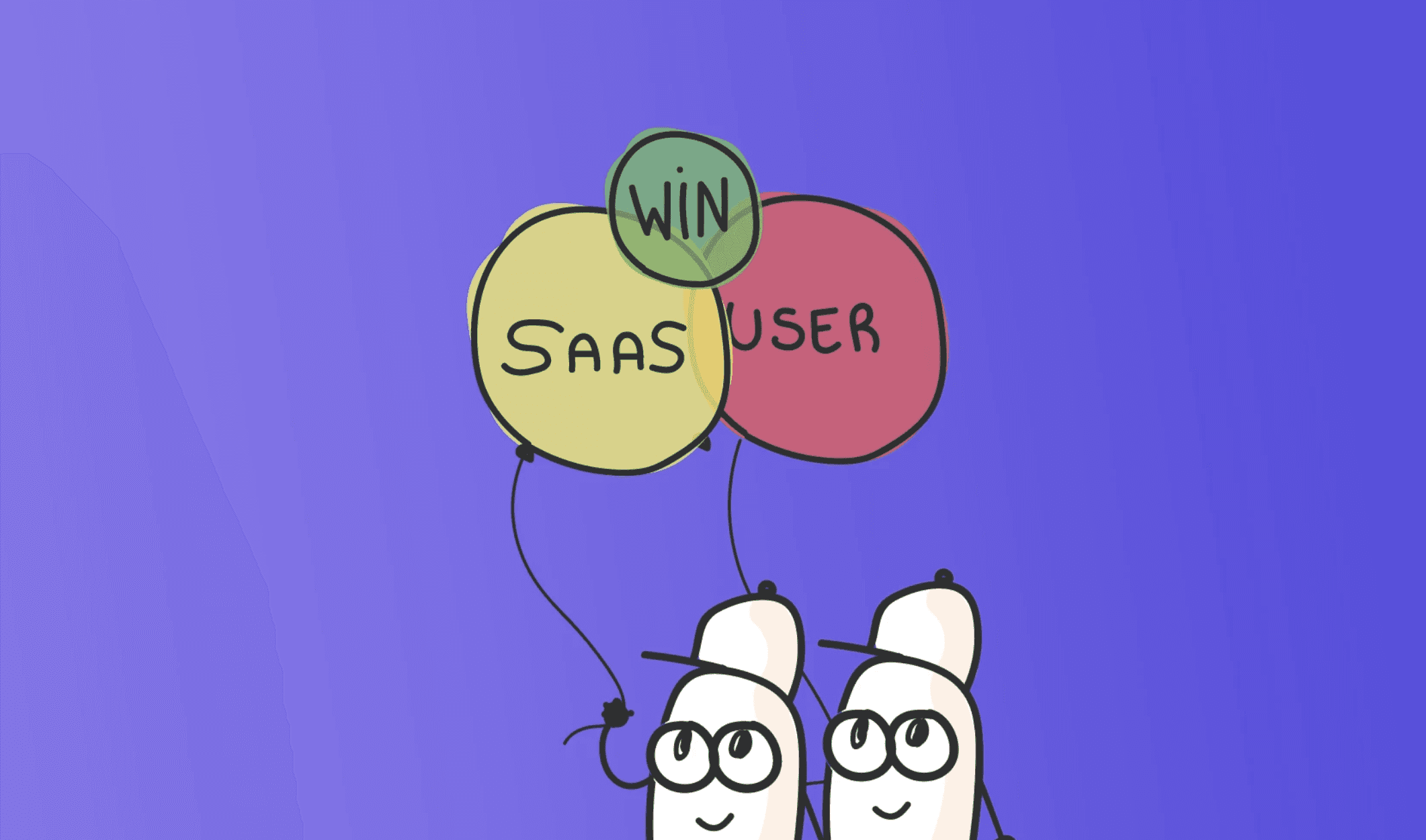
Imagine your coffee machine knows when you wake up and starts brewing coffee on its own. Your refrigerator can order groceries when you run out, and the lights in your home turn on and off automatically based on your schedule.
All of this is possible thanks to the internet of things (IoT) — a network of devices that can sense their environment and exchange data with each other, making our lives and businesses more convenient and efficient. To understand the benefits of IoT, we spoke with experts from Euristiq, a company that helps businesses across various industries transform, digitize, and scale by providing software development and consulting services.
How IoT works
The Internet of Things includes a variety of devices — from simple sensors to complex machines — that can collect and exchange data over the internet.
The main components of IoT include:
devices and sensors: These can be any physical objects that collect data, such as thermostats, smartwatches, surveillance cameras, industrial equipment, and cars;
networks and connectivity: Devices use different types of networks to "communicate" with each other, including Wi-Fi, Bluetooth, cellular networks, or specialized IoT communication protocols;
data processing: The information collected by devices is sent to servers or cloud platforms, where it is processed and analyzed. This data can be used for real-time decision-making or for further analysis and forecasting;
interfaces and applications: Users interact with IoT systems through mobile apps, websites, or voice assistants. This allows them to control devices, receive notifications, and analyze information.
IoT in action: a logistics company example
In a logistics company, smart sensors are installed on trucks. These sensors collect data on location, temperature, and cargo condition. This information is sent in real-time to a centralized system, where it is used to analyze and optimize routes, manage inventory, and improve delivery efficiency.
Managers can track cargo locations and make quick decisions, enhancing customer service quality and reducing costs. All this is possible thanks to the Internet of Things, which turns simple devices into smart systems.
Benefits of IoT for business
The Internet of Things opens up new opportunities for businesses and makes processes more efficient. With IoT, companies can automate routine processes, optimizing equipment operations. For example, smart sensors can monitor machine conditions and signal the need for preventive maintenance, helping avoid costly downtime.
Automating processes with IoT also reduces costs and errors. Smart energy management systems, for instance, can significantly cut electricity expenses.
IoT can also enhance customer service by collecting and analyzing customer behavior data, enabling personalized services and products. For example, stores can use data from smart shelves to replenish stock promptly and offer relevant promotions. Additionally, IoT creates opportunities for developing new products and services.
Applications of IoT in various industries
Manufacturing. In factories, IoT helps automate production lines, monitor equipment conditions, and manage material inventories. This reduces downtime risks and improves product quality. For instance, manufacturing companies use smart sensors to monitor temperature and humidity in production areas to maintain optimal conditions for product manufacturing.
Retail. In stores, IoT helps manage inventory, analyze customer behavior, and optimize product placement. Stores can use sensor data to analyze customer flow and optimize product arrangement.
Healthcare. In medicine, IoT is used for remote patient monitoring, equipment management, and improving care quality. Smart devices can transmit health information to doctors in real-time, enabling timely responses and better care. For example, devices can monitor heart rate and blood sugar levels and send this information to doctors. When paired with conversational AI in healthcare, these systems can also provide patients with instant, personalized feedback, answer health-related queries, and guide them through treatment steps between appointments.
Agriculture. IoT helps farmers optimize processes for growing and caring for plants and animals. Smart sensors can monitor soil conditions, humidity levels, temperature, and even livestock health. For instance, automatic irrigation systems can adjust water supply based on plant needs, saving resources and improving growth conditions.
IoT finds applications across various industries, helping businesses become more innovative and customer-oriented.
Implementing IoT in business: step-by-step
Implementing IoT in business requires a thoughtful approach and planning. Here is a step-by-step guide to successfully integrate IoT technologies into your company:
Assess business needs and opportunities. Define specific goals and problems you want to address.
Choose the right partner. One of the most crucial steps is selecting a reliable partner. For example, Euristiq specializes in developing and implementing IoT solutions and offers innovative approaches and experience in various industries. Consult experts to help you choose the best devices, platforms, and software for your business.
Ensure security and data protection. Make sure all devices and systems meet security standards and have reliable protection mechanisms against cyberattacks. Regularly update software and conduct security audits.
Integrate with existing systems. For maximum efficiency, IoT solutions should be integrated with existing systems and processes in the company. This may require customization of current software and equipment. Euristiq can assist with integration, ensuring seamless interaction of all systems.
Train staff and adapt processes. After implementation, ensure your staff is trained to work with new devices and systems.
Continuous monitoring and optimization. Use the information gathered to optimize processes and improve device performance. Regularly assess goal achievements and make necessary adjustments.
Following these steps will help you successfully implement IoT technologies in your business, enhancing its efficiency and competitiveness. To avoid mistakes, it is wise to consult professionals for expert support at each stage of the process.



